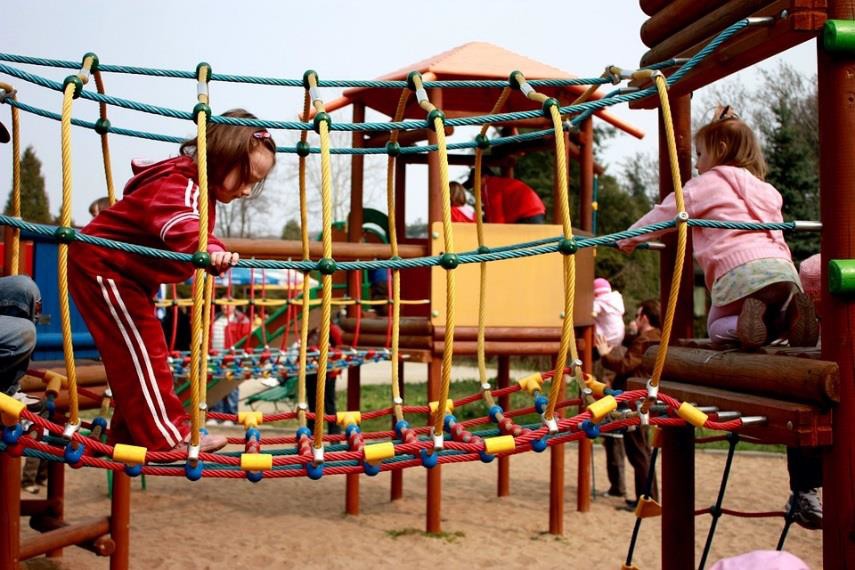52 Safety
Child injuries are preventable, yet more than 9,000 children (from 0-19 years) died from injuries in the US in 2009. Car crashes, suffocation, drowning, poisoning, fires, and falls are some of the most common ways children are hurt or killed. The number of children dying from injury dropped nearly 30% over the last decade. However, injury is still the number 1 cause of death among children.[1]
Children during early childhood are more at risk for certain injuries. Using data from 2000-2006, the CDC determined that:
- Drowning was the leading cause of injury death between 1 and 4 years of age.
- Falls were the leading cause of nonfatal injury for all age groups less than 15.
- For children ages 0 to 9, the next two leading causes were being struck by or against an object and animal bites or insect stings.
- Rates for fires or burns, and drowning were highest for children 4 years and younger.[2]
Here is a table summarizing some tips from the CDC to protect children from these injuries:[3]
|
Type of Injury |
Prevention Tips |
|
Burns |
|
|
Drowning |
|
|
Falls |
|
|
Poisoning |
|
|
Motor-accident, in vehicle |
|
|
Motor-accident, pedestrian |
|

In this video, Dr. Boise briefly discusses the most common fatal and non-fatal injuries in early childhood and the importance of prevention.
- Child Injury by the CDC is in the public domain ↵
- CDC Childhood Injury Report by the CDC is in the public domain ↵
- Child Growth and Development by Jennifer Paris, Antoinette Ricardo, & Dawn Rymond licensed under CC BY 4.0 ↵
- Burn Prevention by the CDC is in the public domain ↵
- Drowning Prevention by the CDC is in the public domain ↵
- Fall Prevention by the CDC is in the public domain ↵
- Poisoning Prevention by the CDC is in the public domain ↵
- Road Traffic Safety by the CDC is in the public domain ↵
- Safety Tips for Pedestrians by the Pedestrian and Bicycle Information Center is in the public domain ↵

